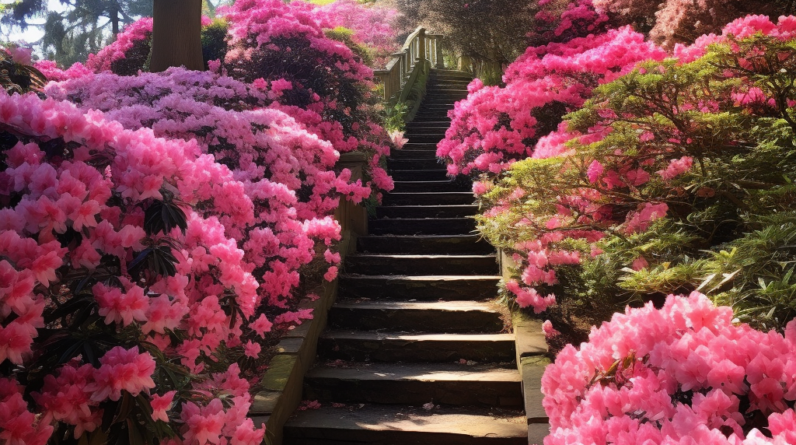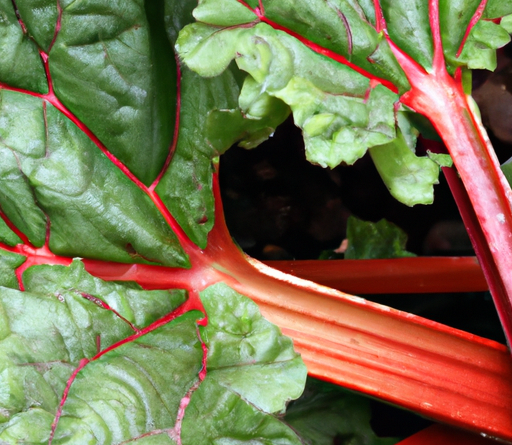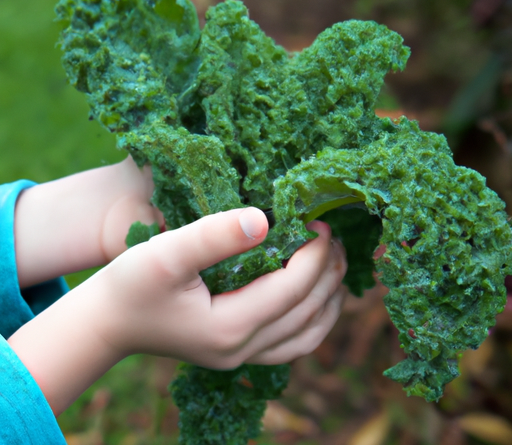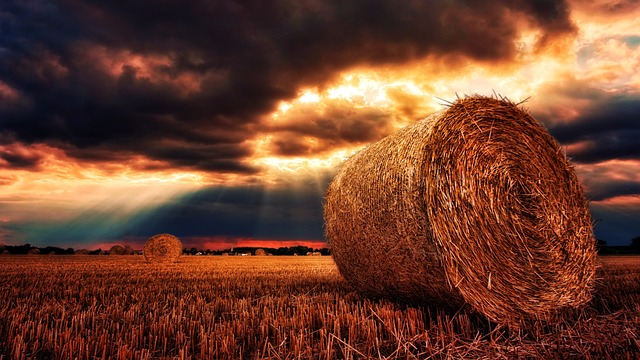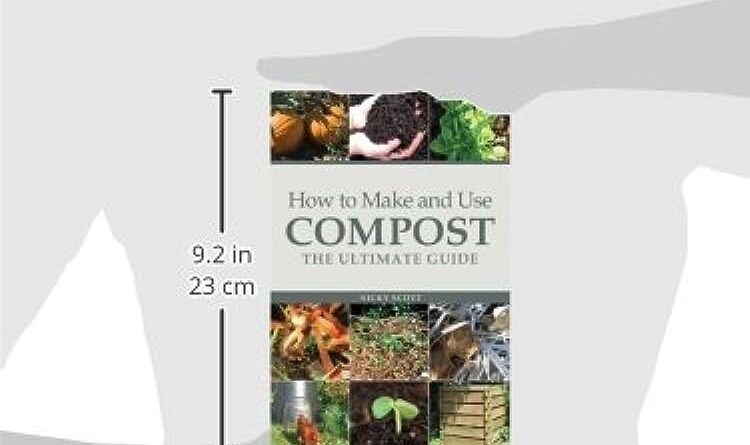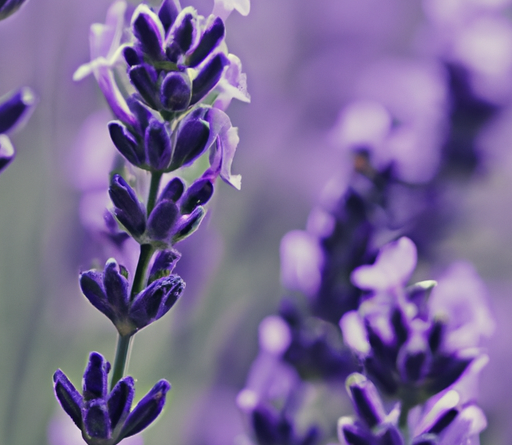
So, you’ve got yourself a beautiful lavender plant in your garden. It’s fragrant and charming, but now you’re wondering when is the best time to harvest it. Well, you’re in luck because in this article, we’re going to dive into the topic of when to harvest lavender.
When it comes to harvesting lavender, timing is crucial. The ideal time to harvest lavender is when the flowers have fully bloomed but haven’t started to wither yet. You’ll notice that the flowers are at their peak when they are vibrant in color and have a strong aroma. That’s when you know it’s time to gather your shears and get to work!
But wait, there’s more! Harvesting lavender not only depends on the stage of blooming but also on the purpose of your harvest. Are you planning on using it for culinary purposes or to make your own lavender-based products? Different types of lavender have different peak blooming times, so you’ll want to make sure you’re harvesting the right kind at the right time.
In this article, we’ll be covering different varieties of lavender and their specific harvesting times. We’ll also give you some tips and tricks on how to properly harvest lavender to ensure the best results. So, if you’re eager to learn more about when and how to harvest lavender, keep reading because we’ve got you covered!
Table of Contents
The Benefits of Harvesting Lavender
Lavender, with its beautiful purple blooms and soothing fragrance, is not only a popular ornamental plant but also a valuable herb with many benefits. Harvesting lavender not only allows you to enjoy its beauty but also provides you with numerous advantages. From promoting relaxation and reducing stress to being used as a natural ingredient in beauty products and serving as a natural insect repellent, lavender is truly a versatile plant that offers many benefits.
Promotes relaxation and reduces stress
One of the most well-known benefits of lavender is its ability to promote relaxation and reduce stress. The fragrance of lavender has a calming effect on the mind and body, making it an excellent natural remedy for stress and anxiety. Harvesting lavender allows you to enjoy this calming fragrance by using it in various ways, such as making lavender sachets, essential oils, or even using it in your bathwater.
Natural ingredient in beauty products
Lavender is also a popular natural ingredient in beauty products due to its soothing and healing properties. By harvesting lavender, you can create your own homemade beauty products, such as lavender-infused oils, soaps, or scrubs. Lavender is known for its anti-inflammatory properties, making it beneficial for skincare, especially for those with sensitive or acne-prone skin. Using lavender-infused products can help calm and nourish your skin.
Provides natural insect repellent
In addition to its relaxing and beautifying properties, lavender also serves as a natural insect repellent. The strong scent of lavender keeps away mosquitos, flies, and other unwanted pests, making it a great plant to have in your garden or patio. By harvesting lavender, you can create your own natural insect repellent sprays or sachets to keep bugs at bay without the use of harmful chemicals.
Understanding the Optimal Timing for Harvesting Lavender
To fully enjoy the benefits of lavender, it is essential to understand the optimal timing for harvesting. Harvesting lavender at the right time ensures that you capture the plant’s peak fragrance and color, as well as maximize its medicinal properties. There are several factors to consider when determining the best time to harvest lavender.
Factors to consider
Several factors influence when to harvest lavender, including weather conditions, specific lavender variety, and the purpose for which you are harvesting the plant. Lavender prefers warm and dry conditions, so it is best to harvest when the weather is sunny and dry. Additionally, different lavender varieties have slightly different bloom times, so it is important to know the specific variety you are growing to determine its peak blooming period.
Determining the peak blooming period
The peak blooming period of lavender can vary depending on the variety and location. Generally, lavender blooms from late spring to early summer, with individual blooms lasting for about two weeks. To determine the peak blooming period for your lavender plants, observe their growth and monitor the development of buds and flowers. Once the majority of the blooms have opened, it is a good indication that the lavender is ready to be harvested.
Monitoring the color and fragrance
The color and fragrance of lavender flowers are important indicators of when to harvest. Lavender flowers should have vibrant color, typically a deep purple or lavender hue, before being harvested. The fragrance of lavender should also be strong and distinct. Take the time to smell the flowers and ensure that they have a potent scent before proceeding with the harvest.
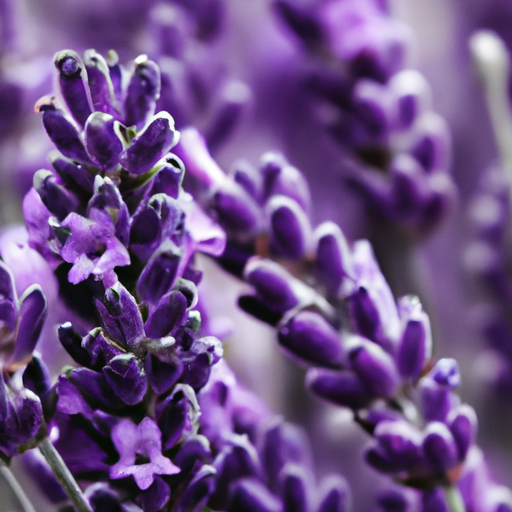
Preparing for Harvest
Before diving into the harvesting process, it is essential to prepare yourself and gather the necessary tools and materials. This will ensure that the harvesting process goes smoothly and effectively.
Gathering essential tools and materials
To harvest lavender, you will need a few essential tools and materials. These include sharp pruning shears or scissors, gloves to protect your hands, a basket or bucket for collecting the harvested lavender, and twine or rubber bands for bundling the lavender stems. Having the right tools on hand will make the harvesting process much easier and more efficient.
Ensuring the right weather conditions
Timing the harvest according to weather conditions is crucial for preserving the quality of the lavender. It is best to harvest lavender on a dry and sunny day. Not only does this make the task more pleasant, but it also ensures that the lavender flowers and stems are dry, which helps prevent mold or rot during the drying process.
Timing the harvest according to the purpose
The purpose for which you are harvesting lavender will also influence the timing. If you intend to use the flowers for fresh arrangements or for immediate use, it is best to harvest when the flowers have fully opened and are at their peak color and fragrance. However, if you plan on drying the lavender for long-term use, it is advisable to harvest slightly earlier, when the flowers are just beginning to open. This allows the buds to retain their potency during the drying process.
Harvesting Techniques
Different harvesting techniques can be used depending on the lavender variety and personal preference. Here are two common methods for harvesting lavender:
Hand-harvesting method
One simple but effective method of harvesting lavender is by hand. Simply grasp the base of the flower stem near the plant and gently pull it downwards until it separates from the main stem. This method is perfect for smaller lavender plants or when harvesting a small quantity of flowers.
Using pruning shears
Pruning shears can be used for harvesting larger quantities of lavender or for cutting the entire plant back for maintenance. Hold the stem with one hand and use the pruning shears to make a clean and quick cut just above the woody foliage. This method allows for a neater and more efficient harvest, especially if you have a large lavender garden to tend to.
Different techniques for different lavender varieties
It is important to note that different lavender varieties may require slightly different harvesting techniques. Some varieties have more delicate stems and may be prone to breaking or damage if not handled carefully. Take the time to research the specific variety you are growing to ensure you are using the appropriate harvesting technique.
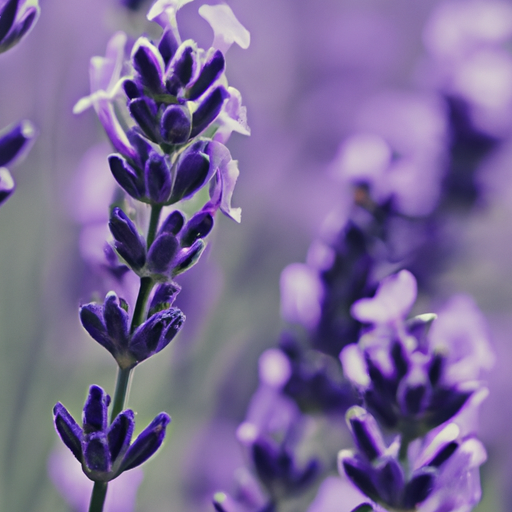
Proper Cutting and Bundling
After harvesting the lavender, it is important to cut the stems at the right length and angle and then bundle them properly for drying. These steps will help preserve the quality and appearance of your lavender.
Length and angle of cutting stems
When cutting lavender stems, aim for a length of around 10-12 inches. This is the optimal length for drying and using lavender in various crafts and creations. To make the cut, hold the stem firmly with one hand and use sharp pruning shears to create a clean and angled cut. The angle should be roughly 45 degrees, as this helps with the drying process and prevents water from sitting on the cut end of the stem.
Creating manageable bundles
Once the stems are cut, it is important to create manageable bundles for drying purposes. Gather a small handful of stems, around 10-15, and hold them together tightly. This will ensure that the lavender dries evenly and prevents any potential damage to the flowers or stems during the drying process.
Tying and securing the bundles
To secure the lavender bundles, use twine or rubber bands. Start by wrapping the twine or rubber band around the base of the stems, near the cut end. Wrap it tightly and secure it in a knot or by looping the twine around multiple times. This will keep the lavender stems together during the drying process and prevent them from falling apart.
Drying Methods for Lavender Harvest
Proper drying is essential to preserve the fragrance and color of harvested lavender. There are several methods you can use to dry your lavender, depending on your preference and available resources.
Air drying
Air drying is the most common and traditional method of drying lavender. To air dry lavender, hang the bundles upside down in a dry, well-ventilated area away from direct sunlight. Allow the lavender to dry completely for several weeks or until the stems are brittle and the flowers are dry to the touch. Air drying preserves the natural color and fragrance of the lavender and is suitable for most lavender varieties.
Using a dehydrator
If you have a dehydrator, it can also be used to dry lavender quickly and efficiently. Simply remove the flowers from the stems and spread them in a single layer on the dehydrator trays. Set the dehydrator to a low temperature, around 100-110°F, and let it run for several hours or until the lavender is dry and crumbly to the touch. Using a dehydrator allows for faster drying compared to air drying and is particularly useful for large harvests or if you need dried lavender quickly.
Avoiding direct sunlight exposure
Regardless of the drying method you choose, it is crucial to avoid direct sunlight exposure. Direct sunlight can bleach the color of the lavender flowers and diminish their fragrance. Instead, opt for a cool and shaded area to ensure that the lavender dries properly and retains its natural beauty and scent.
Storing and Using Harvested Lavender
Proper storage techniques are vital to maintain the quality and longevity of harvested lavender. By following these tips, you can ensure that your lavender remains fragrant and vibrant for months to come.
Choosing the right storage containers
To store harvested lavender, it is important to choose the right storage containers. Opt for airtight containers, such as glass jars or metal tins, to prevent moisture and air from getting in. These containers will help preserve the fragrance and color of the lavender and ensure that it stays fresh and usable for an extended period.
Preserving the fragrance and color
To maintain the fragrance and color of your harvested lavender, keep it stored in a cool, dry, and dark place. Exposure to heat, light, and humidity can cause the lavender to lose its potency and vibrant color. By storing it in ideal conditions, you can enjoy the uplifting scent and beautiful color of lavender for months or even years after harvest.
Exploring various uses of lavender
Harvested lavender can be used in various ways, allowing you to fully enjoy the benefits of this versatile plant. From creating homemade products like candles, soaps, and bath salts to using lavender in culinary recipes or as a natural air freshener, the possibilities are endless. Get creative and explore different ways to incorporate lavender into your daily life.
Tips and Tricks for Efficient Harvesting
To make the harvesting process even more efficient and enjoyable, consider these handy tips and tricks:
Harvesting in the early morning or late evening
Harvesting lavender during the early morning or late evening hours is advisable for several reasons. The temperature is cooler during these times, which can help prevent wilted leaves or flowers. Additionally, bees and other pollinators are less active during these hours, reducing the risk of disturbing them or getting stung while harvesting.
Avoiding over-harvesting
While it may be tempting to harvest all the lavender blooms at once, it is important to avoid over-harvesting to maintain the health of the plant and ensure future blooms. Leave at least one-third of the plant intact when harvesting, as this allows it to recover and continue growing healthy and vibrant.
Rejuvenating the lavender plants after harvest
After harvesting, it is important to rejuvenate the lavender plants to encourage future growth and blooming. Pruning the plants back by about one-third after harvest helps stimulate new growth and ensures a healthy and compact appearance. Additionally, be sure to water the plants appropriately and provide them with well-draining soil and sufficient sunlight to ensure their continued success.
Common Mistakes to Avoid
To ensure a successful lavender harvest, here are some common mistakes to avoid:
Harvesting lavender too early
Harvesting lavender before it has fully bloomed or developed its fragrance can result in a less potent and aromatic harvest. Be patient and wait for the flowers to reach their peak color and fragrance before beginning the harvest process.
Using improper cutting techniques
Using dull or improper cutting tools can damage the lavender stems, affecting the overall quality of the harvest. Ensure that your pruning shears or scissors are sharp and clean before starting the harvest. Additionally, make clean and angled cuts to promote proper drying and prevent potential damage.
Neglecting proper drying and storage practices
Improper drying and storage can lead to mold, loss of fragrance, or color fading. Be sure to dry the lavender completely and store it in airtight containers in ideal conditions to maintain its quality and longevity. Taking these extra steps will ensure that you can enjoy the benefits of your lavender harvest for an extended period.
Conclusion
Harvesting lavender is a rewarding and enjoyable experience that offers numerous benefits. By understanding the optimal timing, employing proper harvesting techniques, and practicing efficient drying and storage methods, you can fully enjoy the fragrance, color, and versatility of lavender. Whether you use it for relaxation, beauty products, or as a natural insect repellent, the benefits of harvesting lavender are endless. So get ready to enjoy the soothing scent and beautiful blooms of lavender by following these guidelines and embarking on your own lavender harvest.


